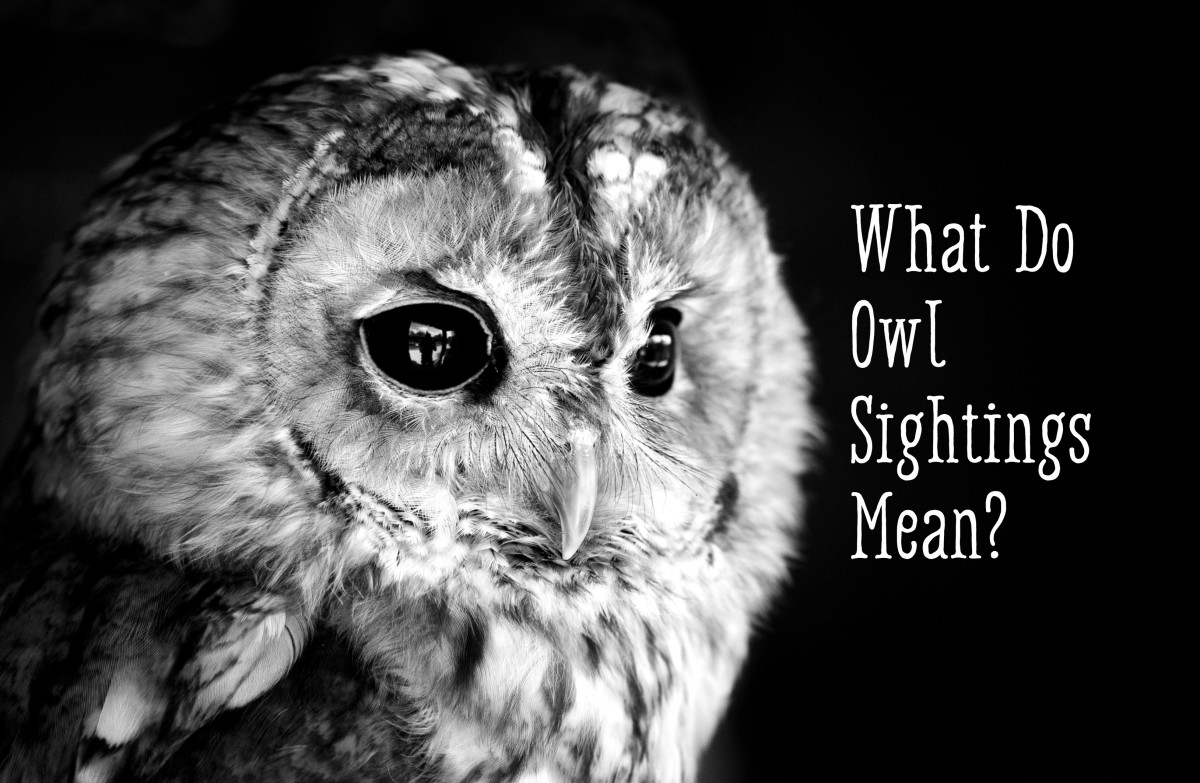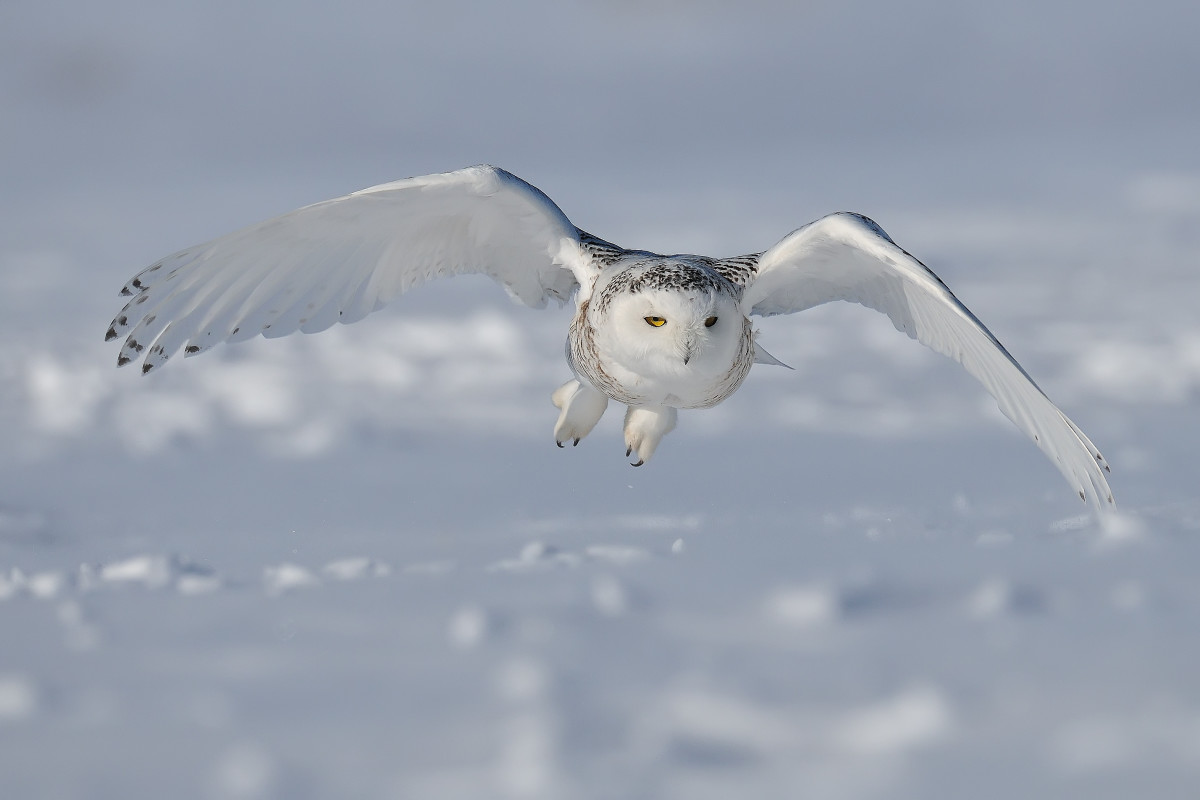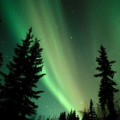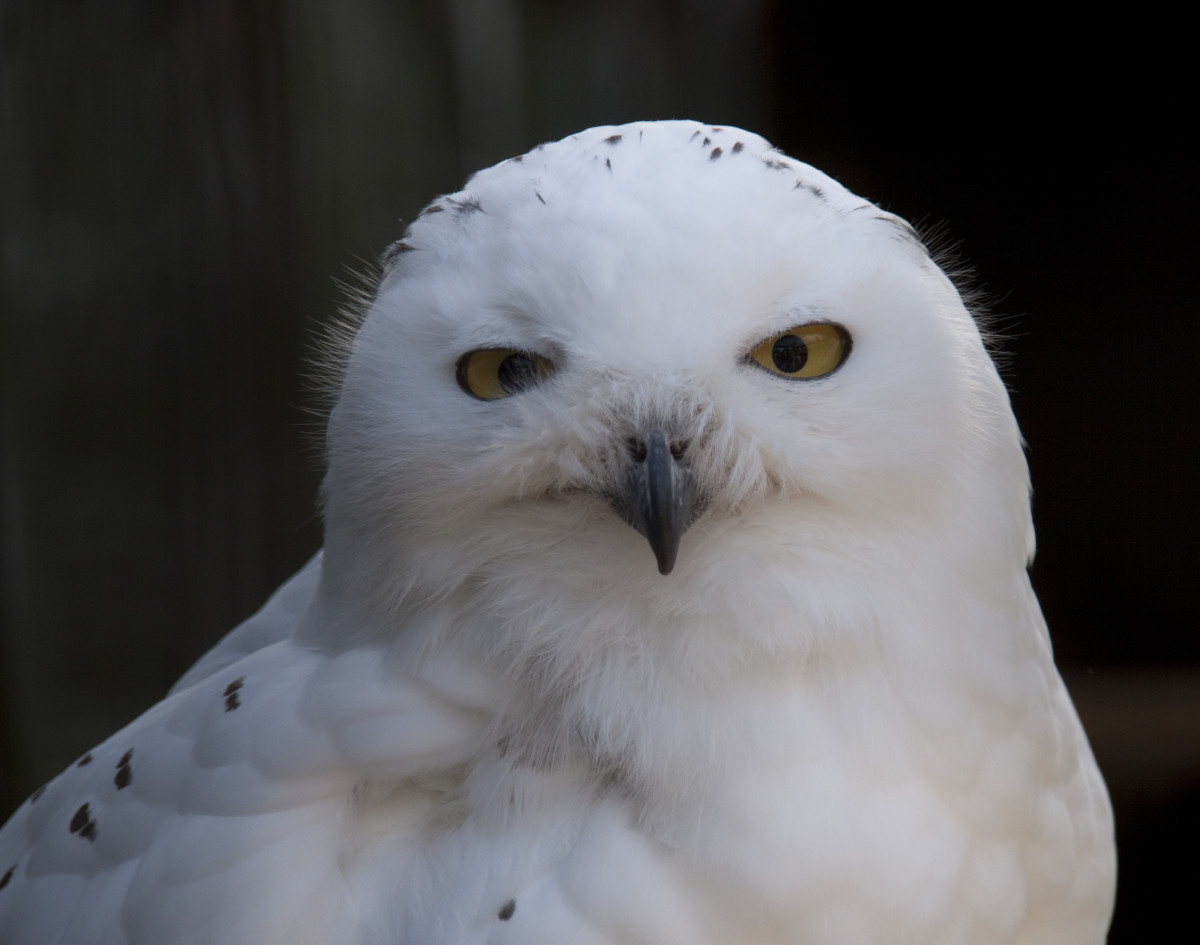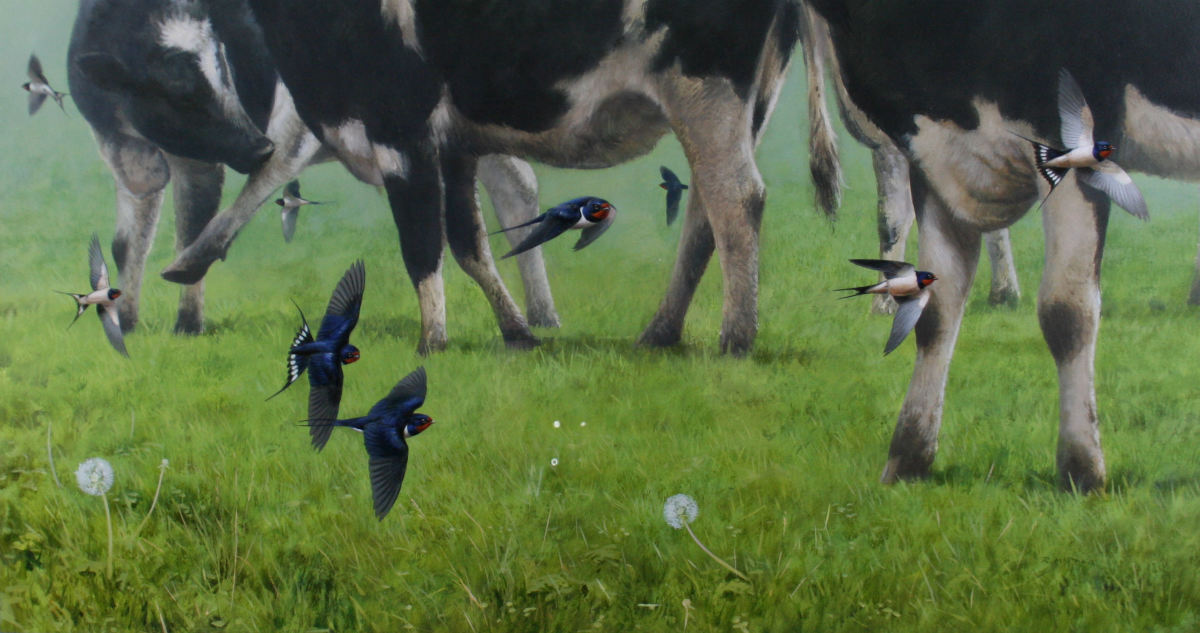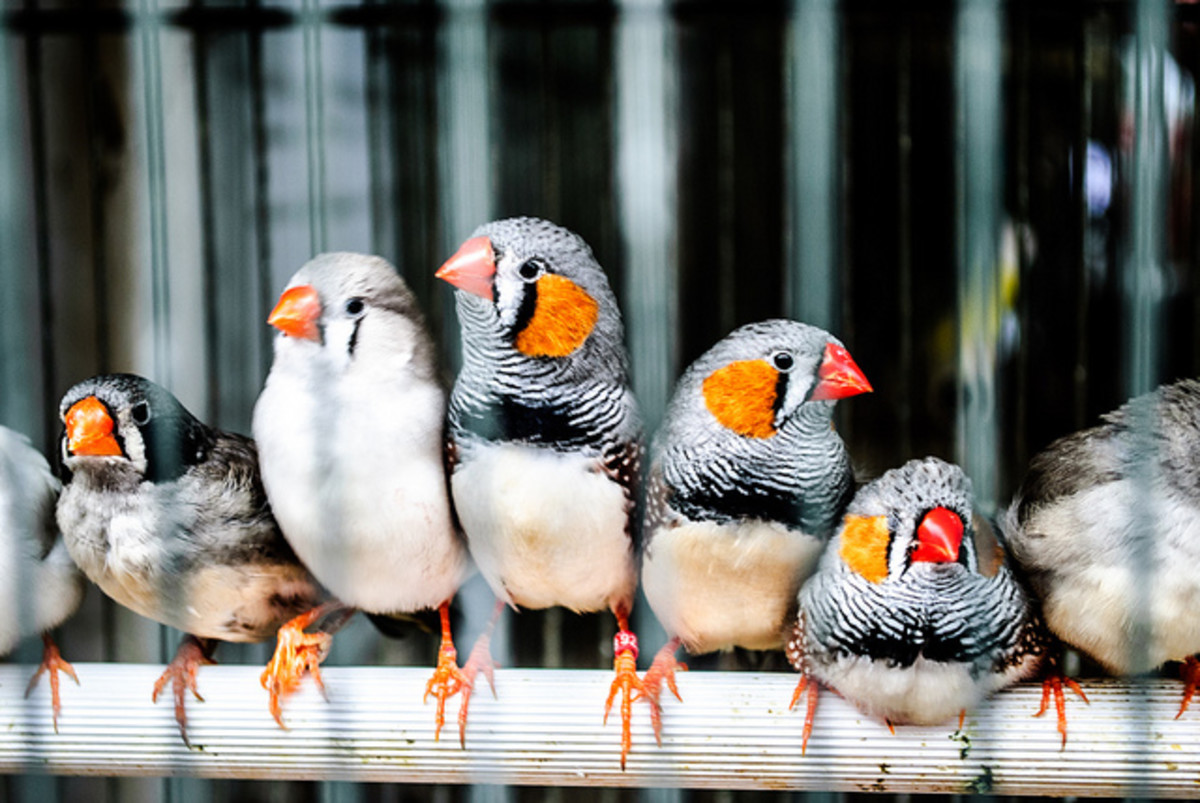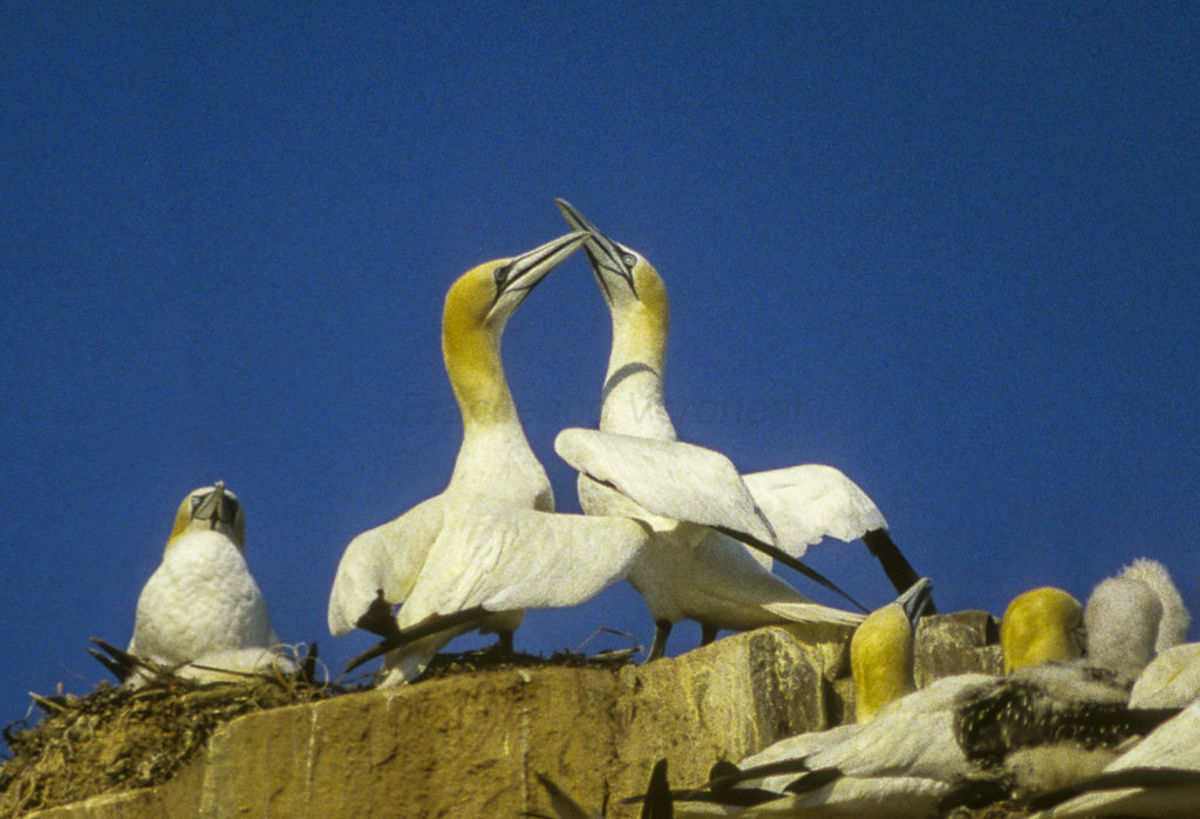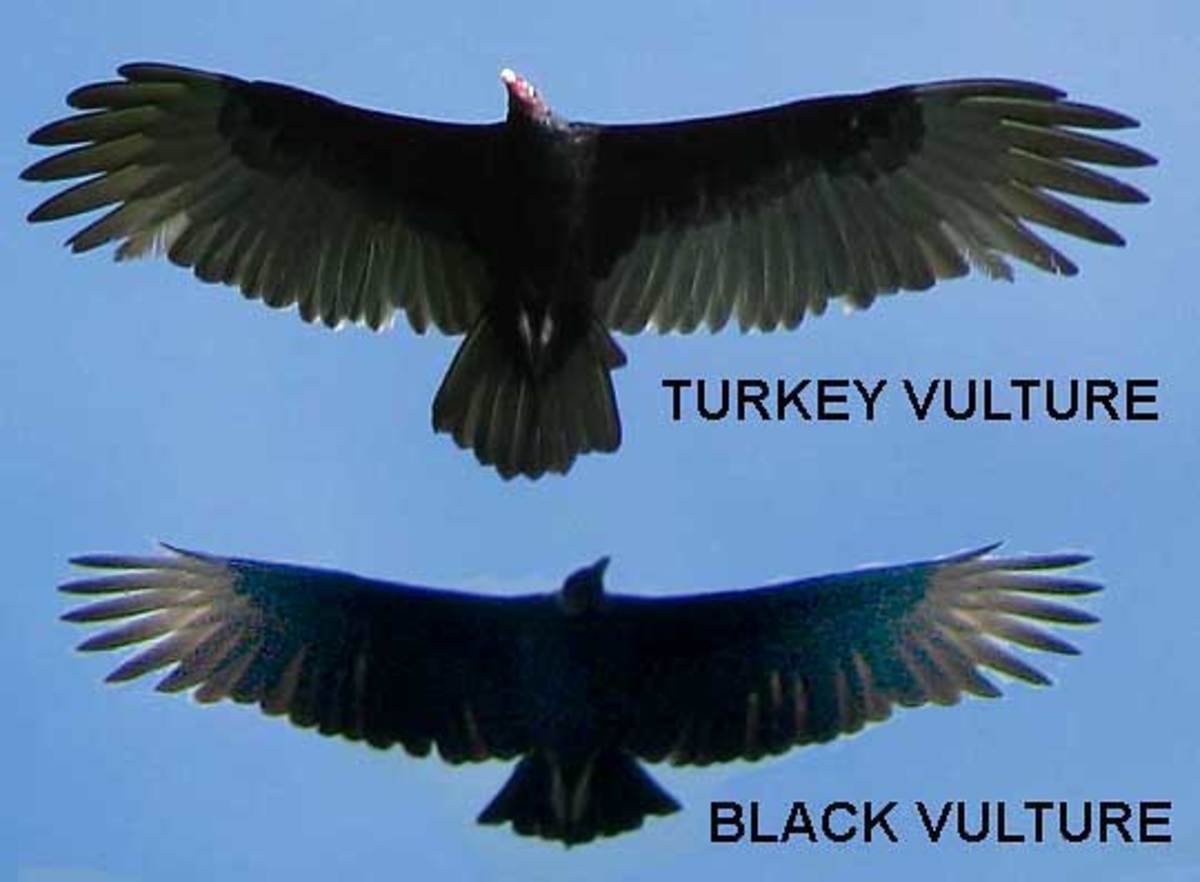Snowy owls spotted as far south as Florida
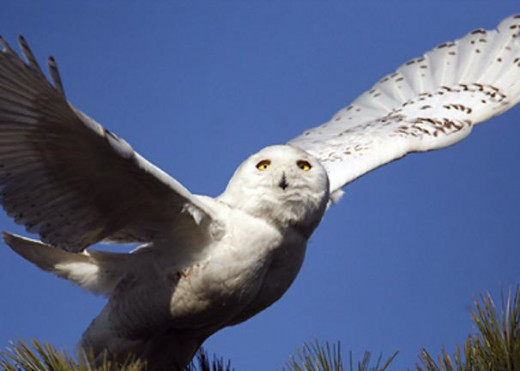
The snowy owl, also known as snow owl, Arctic owl, great white owl, ghost owl, ermine owl, tundra ghost, ookpik, Scandinavian nightbird, white terror of the North, and Highland tundra owl, is the largest owl in North America. These stunning birds are seen in Oregon walking along the road. Having few predators (Arctic foxes and wolves), they are only aggressive when protecting their nests. They have no sense of being in danger, whether by animals, humans or cars.
Bubo scandiacus is all white with a round head, yellow eyes and a black bill. The males are completely white, whereas females have tan spots on the wings. Originally observed in Scandinavia (hence the Latin name), they were first documented by Carolis Linnaeus in 1758.
Their normal habitat and breeding area is Arctic, in Alaska, Canada, and the Asian tundra. They are nomadic, but usually don’t wander far south of the Arctic circle. Every five to seven years, in no specific pattern, the snowy owl will migrate even further south, staying away from forestry, and tending to settle in places which reflect their tundra home, low and flat, with short scruffy plants and grasses, with an abundance of small animals. The most suitable lands for these needs are marshes, shorelines, agricultural areas and airports. Breeding season for these monogamous birds in the summer; they migrate for food in the winter. Some fly farther north and watch the Arctic ice pack for pools of open water containing sea ducks and other waterfowl.
The normal Arctic diet for snowy owls is lemmings and voles. But they will also eat mice, hares, muskrats, marmots, squirrels, rabbits, prairie dogs, rats, moles, ptarmigan, ducks, geese, shorebirds, ring-necked pheasants, grouse, American coots, grebes, gulls, songbirds, fish, short-eared owls and even carrion. This enables them to be very flexible in their migration areas.
The last few years, particularly from 2011 through 2014, the owls have been spotted further south than normal. This has become a point of consternation, especially at airports. With their diet of small mammals, fish, and even other birds, they keep small flocking birds away from planes. But they are equally dangerous to the airplanes because they are very large, with a wingspan of over four feet, and weighing up to 2,000 grams. One snowy owl was killed when it was hit by a plane at Philadelphia International Airport this year (2014). Being diurnal, they hunt from dawn to dusk. They perch near the ground, but once spotting prey, they will use a direct, strong and steady flight to the target. Prey can be captured by their strong talons off the ground, off the surface of water, or even in the air.
A snowy owl was spotted in Spring Hill, Tennessee, in Jan., 2009. In the 2011/2012 season, they were spotted all over the United States. During the 2013/2014 season they were spotted as far south as Florida, central California and Texas. It is not unknown to spot snowy owls in these locations, but it is rare and several decades might pass between sightings. When they do migrate a good distance, they are in unknown territory – they do not recognize the dangers of vehicles, utility lines, guns, cats or rat poison. One owl which was seen perched at the Washington Post was apparently hit by a bus, and is being treated at the National Zoo. Snowy owls have been seen perched atop the Chesapeake Bay Bridge, in Little Rock, Arkansas, and even in Bermuda.
As with most migratory birds, the snowy owls migrate in search of food. The females tend to stay farther north while immature males will move farthest south, perhaps to establish new breeding grounds. Not very much is known about these birds, but a few theories have arisen to explain the recent wide migration range. The most predominant belief is that there was an unusually large amount of lemmings, their standard breeding-ground fare, during the summer, which triggered increased eggs laid by the owls. With a larger population, the owls would need to widen their migration area to get enough food. A snowy owl will eat three to five lemmings each day (1,600 in a year), or seven to twelve mice per day, supplemented by rabbits, rodents, birds and fish.
The reverse has also been blamed for this wider migration. Some scientists say that the lemming population is getting smaller, forcing the owl to search farther for food. Since there is no census on lemmings nor snowy owls, there is currently no way to determine whether the migration is a result of a plethora of lemmings or a dearth of them. In times of excessive cold and snow, the owls need to spread out to find food.
Of course, there is always the blame put on climate change, which has been thawing Arctic ice. As a result, new shipping routes are opening up to the north. This may be disrupting the ecosystem, driving the owls south instead of north. Changing temperatures will affect the habitat as well as the amount of prey available. Milder weather would cause an increase in the lemming population. If the cause is in fact a warming Arctic, then the migrations may result in permanent relocations of the snowy owls.
While ornithologists have been studying the owls for decades, they are hard to follow. Therefore this current migration has an advantage. In airports, the owls are usually caught and released away from the immediate area. During this process, scientists are tagging the owls and tracking them. Norman Smith is the Director of Mass Audobon’s Blue Hills Trailside Museum. He has been studying the snowy owls that arrive in Massachusetts since 1981. One which was previously tracked spent the summer above the Arctic circle, then returned to Logan Airport in Boston, a trip of over 7,000 miles in a single year.
Since these regal birds are not well adapted to civilization, most efforts are to catch them and release them in safer territory. If the cause of the recent unique migrations are climate changes, a safer territory for breeding ground will have to be established. While they have not been marked as an endangered species, still there needs to be some protection from being illegally killed for their eyes and feet, which are sold in Asian markets.
photographer: Marc Brown
© 2014 Bonnie-Jean Rohner


